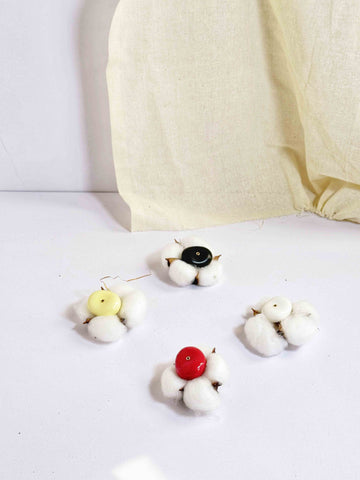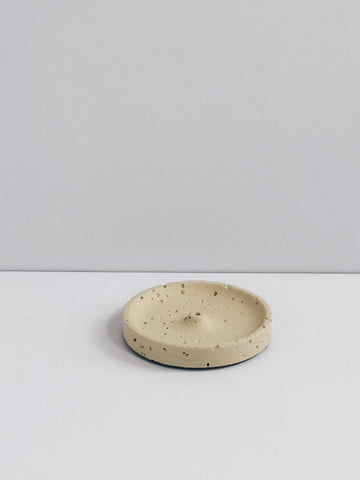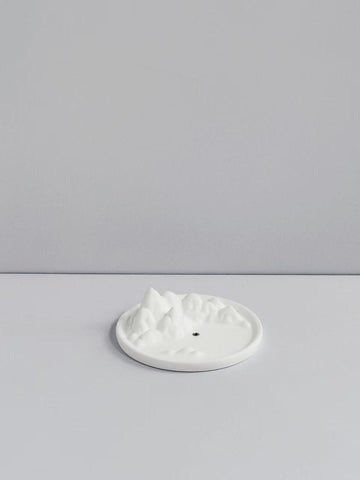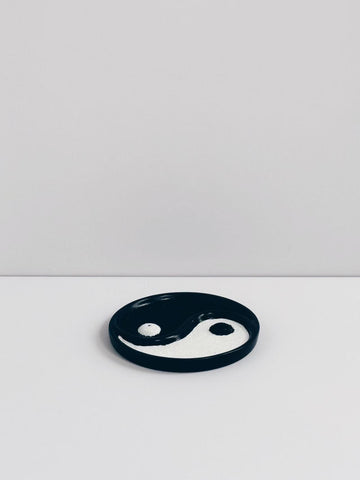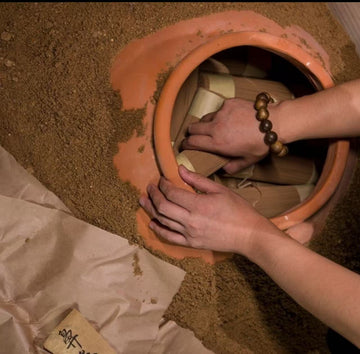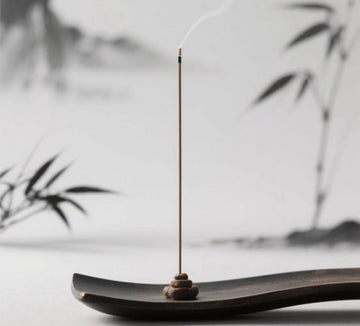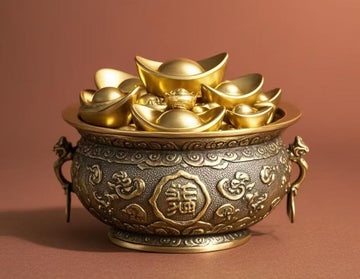For centuries, incense has been a quiet luxury — a bridge between the material and the spiritual. From the refined elegance of agarwood to the calming richness of sandalwood, incense sticks are treasured not only for their scent but for the experience they create. But as more individuals invest in premium incense, a practical question arises: Can incense sticks go bad? And if you’ve had some sticks tucked away for years, is it okay to burn old incense?
The short answer: No, incense sticks don’t "expire" in the traditional sense, but their fragrance, potency, and performance can shift over time depending on how they are stored.
In this in-depth guide, we’ll explore the shelf life of incense, how to properly store your collection, what happens as incense ages, and whether it’s safe — and worthwhile — to burn incense sticks that have been sitting in your drawer for years.
1. Do Incense Sticks Have an Expiration Date?
Unlike food or pharmaceuticals, incense sticks do not come with a federally required expiration date in the U.S.. In fact, many premium incense products — particularly those made with natural, high-grade ingredients like pure agarwood (沉香) and sandalwood (檀香) — are known for their longevity.
That being said, incense is organic by nature, and while it won’t rot or mold under normal conditions, it can lose aroma strength, develop off-notes, or become physically fragile if stored improperly for extended periods.
2. Why There’s No Expiry Date on Most Incense Packaging
You may have noticed that many incense boxes, especially artisanal or imported varieties, don’t list a “Best By” or expiration date. This isn’t a mistake — it’s by design.
High-quality incense, particularly handmade varieties from Japan, India, or China, often use aromatic woods and botanicals that are aged intentionally. In fact, older agarwood powder is often more prized for its deepened scent complexity, much like aged wine or tobacco.
This lack of expiration date reflects the understanding that incense, when stored correctly, is a semi-permanent product — a spiritual tool meant to mature over time.
3. What Happens to Incense Over Time?
Incense is sensitive to environmental conditions, and its quality can evolve with time — for better or worse. Here's what typically happens:
Time Elapsed Potential Changes
1–2 years Little to no change if stored properly.
3–5 years Aroma may mellow or deepen; some top notes may fade.
5+ years May become brittle, lose complexity, or absorb ambient odors.
However, many seasoned incense collectors have found that a properly aged stick can carry enhanced richness, especially with traditional blends.
4. Is It Okay to Burn Old Incense?
Absolutely — burning old incense is generally safe, provided it has been stored in a dry, temperate environment and shows no signs of mold or mildew.
The bigger concern is not safety but experience. If an incense stick has lost much of its fragrance due to age or poor storage, it may not deliver the calming, luxurious effect you were expecting.
Pro Tip: To test older incense, light one stick and evaluate both the unlit scent and the fragrance while burning. If it still pleases your senses, it’s good to go.
So yes, it is okay to burn old incense, especially if it has sentimental or spiritual value. Just don’t expect a ten-year-old stick kept in a humid garage to perform like it did on day one.
5. How to Store Incense Sticks to Keep Them Fresh
Proper storage can make all the difference in the lifespan and quality of your incense. Here’s how to do it right:
✅ Keep It Dry
Moisture is incense’s greatest enemy. Even in dry climates, incense sticks can absorb ambient humidity and become soft or musty. A simple test: leave one stick out of its container — if it becomes flexible or sticky, it has absorbed moisture.
✅ Avoid Direct Sunlight
UV exposure can break down aromatic compounds and fade your incense’s scent. Store your sticks in a shaded drawer, cabinet, or decorative box.
✅ Seal It Tight
Use airtight containers, incense tubes, or zip-lock bags to isolate incense from air and prevent it from picking up surrounding odors.
✅ Use a Second Layer for Bulk Storage
If you’re buying in bulk (a common habit among incense enthusiasts), consider storing your incense in sealed tubes inside a cardboard box, then sealing the box with tape for added protection.
6. Signs That Your Incense Has Gone Bad
Incense doesn't exactly "spoil" like perishable goods, but it can deteriorate. Here’s how to tell:
-
Weakened Scent: If the fragrance is barely noticeable even when unlit, essential oils may have evaporated.
-
Off-Smell: A musty or sour scent may indicate mildew or contamination.
-
Crumbly Texture: Extremely dry incense can fall apart when handled.
-
Discoloration: Mold or mildew may appear as white or greenish specks.
If any of these signs appear, it may be time to retire that stick — or at least burn it in a well-ventilated area.
7. The Role of Ingredients: Agarwood, Sandalwood, and Beyond
The composition of your incense plays a critical role in how well it ages.
🟤 Agarwood (沉香)
A prized incense material in East Asia, agarwood can improve with age, especially in raw chip form or powdered blends. Its resins mature, creating a deeper, more rounded scent profile.
🟡 Sandalwood (檀香)
Sandalwood is relatively stable and retains its warm, creamy aroma for years. However, poor storage can dull its fragrance.
⚪ Synthetic-Based Incense
Mass-produced incense that uses artificial fragrance oils often fades quickly and doesn’t benefit from aging.
Tip for Connoisseurs: The age of the base materials (e.g., 20-year-old sandalwood powder) matters more than the age of the stick itself. This is why different batches from the same brand and product line can smell subtly different.
8. Preserving the Value of Your Incense Collection
For collectors and spiritual practitioners alike, incense is more than a consumable. It’s an expression of identity and refinement. As such, preserving your collection is as much about stewardship as it is about scent.
If you invest in rare or artisanal incense, consider cataloging batches, storing them with humidity-control packets, or even keeping a journal of your sensory impressions.
These small actions help maintain the integrity of your incense — and reflect the quiet sophistication of someone who appreciates life’s subtler luxuries.
9. Luxury, Ritual, and the Timelessness of Scent
In today’s fast-paced world, the act of burning incense is a rare moment of pause — a return to stillness. Whether it’s to signal the start of a meditation, to wind down before sleep, or simply to fill your space with beauty, incense serves as a bridge to the intangible.
To many, incense is not just scent. It is spiritual elevation, cultural heritage, and a silent expression of taste. In that sense, a stick of agarwood-scented incense is more timeless than trendy — and more permanent than ephemeral.
10. Conclusion: Can Incense Sticks Go Bad? Only If You Let Them.
So, can incense sticks go bad? Not in the conventional sense. Natural incense made with high-quality materials like agarwood and sandalwood can last for years, even decades, if stored correctly. It doesn’t rot or expire, but it can fade or absorb moisture — both of which are preventable.
Is it okay to burn old incense? Absolutely. With proper care, aged incense can be as rewarding — sometimes more so — than a fresh stick. Just keep in mind that your environment, storage practices, and the ingredients themselves all play a part in preserving the experience.
In a world where more people are turning to sensory rituals as a form of luxury and wellness, incense stands as a subtle yet powerful symbol of refinement.
So store it wisely. Burn it intentionally. And let your space speak in scent.
Explore timeless incense crafted with heritage and integrity:👉 Browse Premium Incense Collection

